Samsung's "Voice of the Body" is an open hardware and software platform for personal health monitoring

What if your body had a voice? That was the premise that was asked, and would anchor the presentation Samsung provided in San Francisco on Wednesday. The context was mean to dovetail on today’s wearable devices and where Samsung wants to focus development.
Samsung instead introduced a new approach to digital health. While there was no new “Samsung” product introduced during the course of events, there was indeed a new product, and a new platform announced, though both are a long way off from being commercially available.
Then there is SAMI, Samsung Architecture Multimodal Interactions, a cloud-based data platform. It too will be open source, and secure. In the final analysis, this is where your body’s health telemetry is stored, but the catch is that the data will not transfer ownership. No one, including Samsung, takes ownership of the information, it remains yours. The revelation took a moment to sink in, but once it did, applause interrupted the presentation mid-stream.
Finally there is the partnerships that Samsung is building to encourage development. The small ARM-based processor on the SIMBAND is built by IMEC. Samsung has also partnered with University of California, San Francisco Medical Center. There are more players involved, but based on the brief on-stage demonstrations provided, the possibilities with this platform are straight out of science fiction, and almost feel like they would be ready for prime time.
Samsung’s Vice-president of Digital Health, Ram Fish, was wearing an investigational prototype SIMBAND and provided us with a real-time look at the data the platform was capturing. Frankly, it puts every other wearable on the market today to shame, by a wide margin.
Why make it an open project? Because simply, the world’s population is getting older, rapidly. The scale of peripheral issues associated with that factor alone is bigger than any one entity can tackle. By establishing what Samsung hopes will be a common and open platform, significant health resources can be directed as proactive rather than reactive, which can be a significantly more expensive proposition.
That all sounds great when it comes to wearable tech, but in order for the data that is gathered to be of any real value, it needs to be continuous. With all the devices today, you have to take them off to charge the batteries. Samsung instead brings a wire-free charging battery to the SIMBAND which the user snaps on and recharges while still wearing it.
The SIMBAND developer’s kit and open APIs for SAMI will be available later this year. Samsung will also hold a developer conference to keep the creative ideas flowing. Samsung is also setting aside $50 million in funding awards to developers and entrepreneurs that bring new technology and ideas that can enhance the ecosystem.
It was pretty neat seeing these ideas in action, even if it is only the beginning. In addition to the technical challenges, there will be some social challenges to consider as well, such as building trust about the integrity of data being stored in the cloud. With what Samsung has built to get things rolling however, not only does it complement its own S Health apps, it is evident that this generation of technology stands to be a net-benefit across the board.
Follow us on Google News



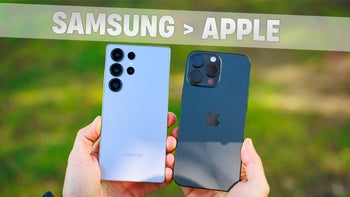
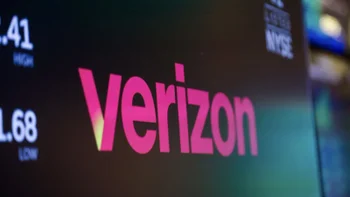

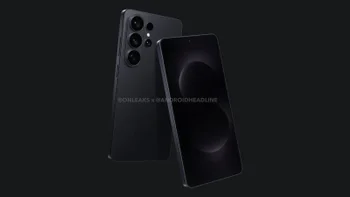

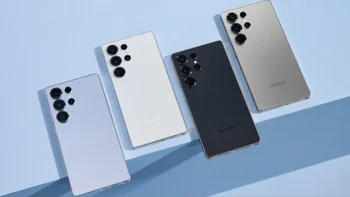

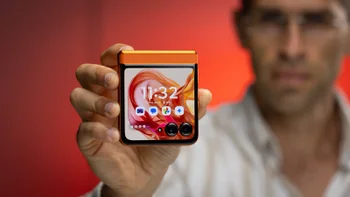
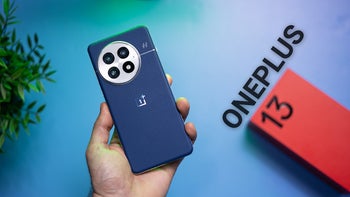
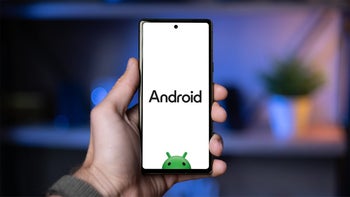
Things that are NOT allowed:
To help keep our community safe and free from spam, we apply temporary limits to newly created accounts: